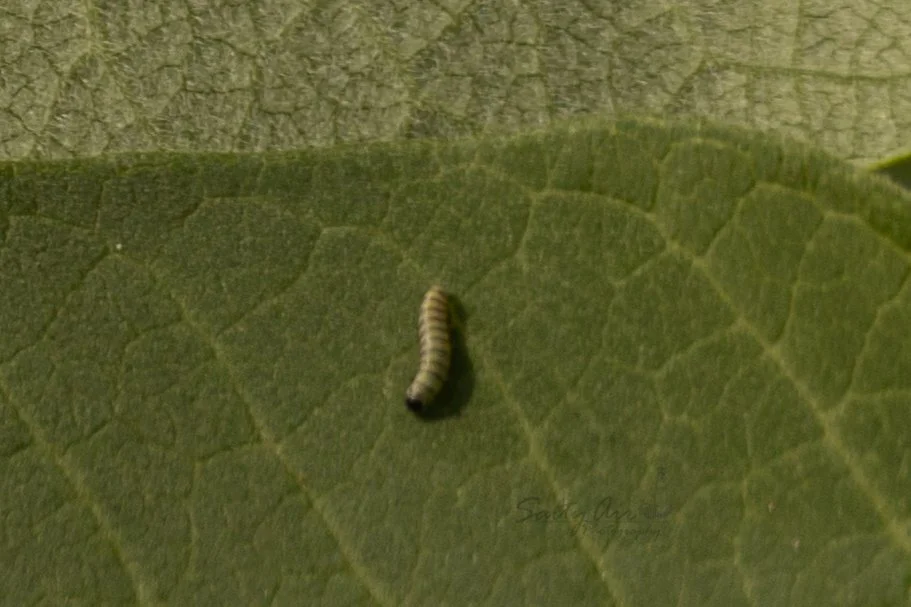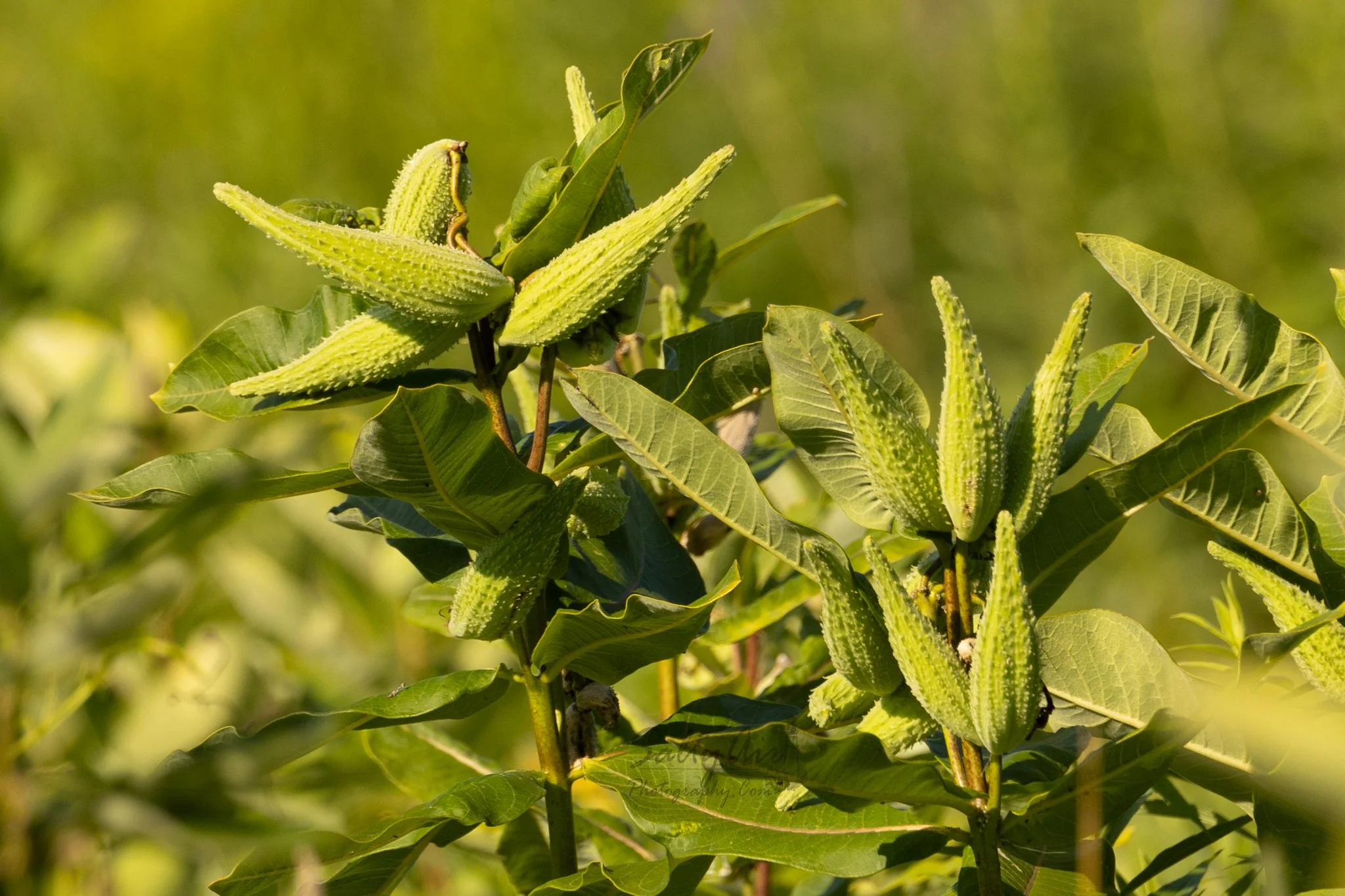
Saving The Butterflies
Did you know there is a shortage of monarch butterflies? I’m sure you’re thinking, “what does that even mean? I see butterflies all the time.”
Well yes, you may see butterflies all the time but the numbers are way down from past years.
How do we know that? Monarch butterflies are counted. Every year around September, the monarchs migrate to Mexico. There, they congregate in one area and they are counted.
Why are they disappearing?
Monarchs only lay their eggs on milkweed. You know, that stuff you pull out of your yard because it’s ugly or invasive. Turns out that milkweed is the only thing the caterpillars eat. It’s actually toxic to their predators. They eat it so that their predators won’t want to eat them. It’s a pretty cool defense. However with development of land, there are fewer fields and less milkweed which in turn means fewer monarch butterflies.
How You Can Help.
You can help by planting milkweed or by not clearing it out of your yard. Milkweed has seed pods and it spreads, like, well a weed. Consider sharing seeds with others who may wish to have butterflies.
Why Milkweed?
Milkweed is the only plant the adult monarch lays her eggs on. Why? because it is the only plant the baby caterpillars eat. It is toxic to a lot of birds so the caterpillars become a less appealing meal. Great Defense.
Life Cycle.
A female will mate, fertilizing her eggs. She will then place eggs (one at a time) on the underside of the milkweed leaf. When it hatches, the caterpillar will eat the milkweed. It will then go into chrysalis form and come out as a beautiful butterfly where the cycle will start all over again.
My experience raising monarch butterflies:
Late summer of 2021, I learned about the butterfly shortage and how you can help by raising them. I learned that you can collect the eggs from the wild and raise them in a controlled environment.
The eggs are tiny, about the size of the head of a sewing pin. Once the eggs hatches (7 or so days) a little tiny caterpillar will emerge.
The new caterpillar size in around 1/2 - 3/4 of a centimeter. The caterpillar eats its egg shell then starts to eat the milkweed leaves. It should be eating fresh leaves every day. The second day, you start to see the signature black/white/yellow stripes. This goes on for about 2 weeks. The caterpillar will go through 5 changes until its as big as its going to get and full of the energy it needs for its next change.
It will hang in a “J” form. It is at this point where is sheds its skin and incases itself into chrysalis form. After 10 days or so, the green chrysalis will turn black. (It’s actually clear but the butterfly inside makes it look black.) At this stage, you can actually see the butterfly wings inside. Then the chrysalis will split and the butterfly will emerge.
At first it will look crumpled. The abdomen is swollen with liquid. It will pump the liquid into the black veins of the wings. Then it will hang for a bit (an hour or so) and dry. After its wings are dry it will begin to slowly flap it wings. After a while, it will start to explore the enclosure and its ready to fly off into the world to find a mate and the cycle will begin again.
Finding an egg. A small white, round sphere the size of the head of a sewing pin. Found on the under side of the leaf.
A new caterpillar has just hatched. It is hard to see with the naked eye.
On the second day you can start to see the stripes. Still very tiny and starting to eat the leaves of the milkweed plant.
Full grown. This full grown caterpillar is ready to hang in a “J” shape and transform.
The caterpillar has just turned into chrysalis form. It turns it’s skin inside out and pulls it up like a sleeping bag.
The chrysalis darkens. Just before it is ready to emerge, it gets dark. You can see the butterfly inside. The outside of the chrysalis is actually clear.
A newly emerged butterfly. She leaves behind the clear shell she was just in.
She has pumped the liquid into her wings and now she needs to dry.
She is ready to take off into the world. She will find a mate and the cycle will start all over again.
The Milkweed plant produces these seed pods. Inside, seeds attached to a silk like fiber that blows in the wind to carry the seed.
The milk weed plant produces flowers with nectar the butterflies love.
"Sandy" is the first butterfly I released. A special person had passed the day she emerged. I released her at the daughter in law's house where she fluttered up to the top of the rose bush, which happed to be Sandy's favorite.
My disclaimer: I am in no way an expert in butterflies or the raising thereof. I have done it and this is information of how I saw it. If you are interested in raising monarchs, please seek education on the subject, as I have done.













